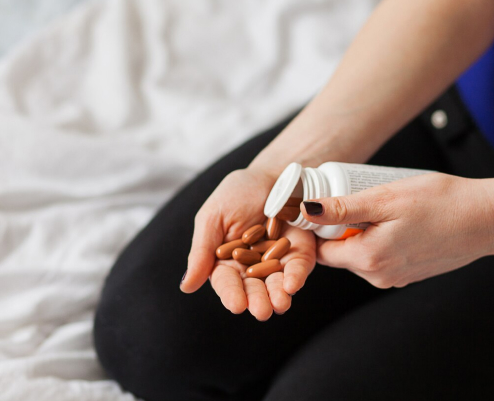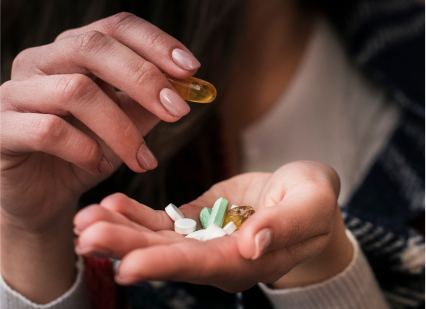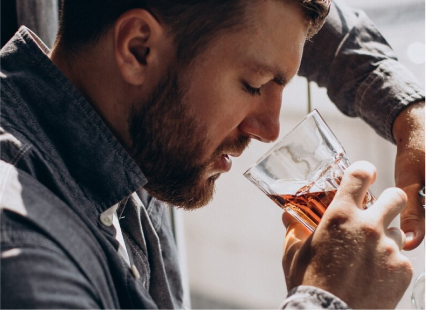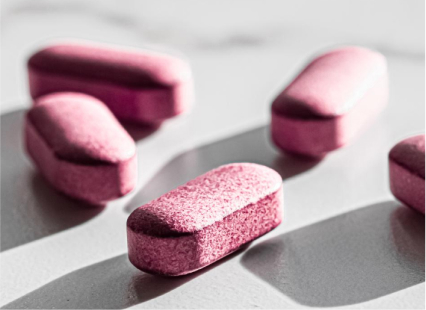Veins are a vast and intricate network of blood vessels located throughout every inch of the body. They are tasked with the crucial role of ensuring your organs and skin receive oxygenated blood. Despite how important they are to the cardiovascular system and overall health, veins are quite fragile and easily prone to damage and disease. Vein damage caused by needles can be reversed—but not always. Precisely how to heal veins from IV drug use will largely depend on the type and extent of the damage inflicted.
Can veins heal naturally?
To a certain degree, yes: veins can somewhat repair themselves on their own. However, it’s not a guarantee that they will be able to do so. The numerous complications of IV drug use can render self-repair impossible. Even in the instances that veins are able to heal, the odds are that the damaged vein will never regain full functionality.
How to heal veins from IV drug use
In most cases, your body will simply make new veins through a process called angiogenesis, rather than trying to heal the old damaged ones. There are certain actions one can take to speed up the recovery process and help damaged veins regain at least some functionality:
- Wear compression socks or sleeves
- Stay warm
- Exercise (can improve overall circulation)
- Squeeze soft objects (like a stress ball) which can help develop the surrounding muscles and the arteries themselves
- Take vitamins such as folic acid and flavonoids which specifically aid the blood
- Vein rotation; alternate which veins are used. This won’t heal the vein itself, but it’s one of the best ways to prevent further (and permanent) damage
Types of IV Drug Use Vein Damage
All types of IV drug use can be extremely damaging to veins and the skin around the injection site, however, some types of damage are worse than others. Prolonged intravenous drug use can quickly result in permanent vein damage with a host of deadly complications. The place where veins were injected (arms, legs, neck, groin, etc.) also plays a role in the severity of potential decay as does the type of drug as well (different drugs have different acidity levels).
Blown Vein
Also known as a ruptured vein, blown veins are one of the most common injuries caused by intravenous injections. It is caused when a needle inures or irritates the lining of the vein and is not exclusive to IV drug use. When this occurs, blood leaks into the surrounding area and can result in discoloration and bruising near the injection site. Complications that can arise from a blown vein are infiltration and extravasation; the latter of which can be caused by the high acidity of illicit drugs and lead to tissue decay.
Collapsed Vein
A collapsed vein is when the flow of blood is impeded, caused either by the vein lining collapsing or swelling. This can be caused by a needle being pulled out too quickly, the use of blunt needles, and injecting in non-optimal conditions (in addition to the usual culprits: poor technique and frequent injection use). This type of damage is usually temporary but can be permanent if that vein continues to be used before healing, which can take several weeks.
Scarred Veins
A consequence of impaired blood flow caused by blown or collapsed veins is that blood clots can form. Aside from being a dangerous condition all on their own, these clots can turn into scar tissue which will result in long-term and potentially permanent blockage. This type of vein damage will not heal on its own and will most likely require a surgical procedure such as a stent or angioplasty in order to restore blood flow.
How long does it take a vein to heal?
The cardiovascular system is the first organ system developed as an embryo and humans are born with all of the veins they need. Fortunately, the body is remarkably resilient and does have some ability to recover if veins are damaged. Minor vein damage such as a blown vein can usually repair itself in 10-12 days. Major vein regrowth, however, can take months up to several years.
Unfortunately, IV drug use can cause a number of complications resulting in chronic venous disease which lowers the likelihood of repairability even further. Addiction is often both a cause and exacerbator of such vein issues. The typical IV drug user injects directly into their veins as many as four times a day and is more likely to resort to puncturing the same vein repeatedly until it can no longer be salvaged. While vein rotation is a practical harm reduction method that intravenous drug users can use, addiction can make such restraint impossible.





